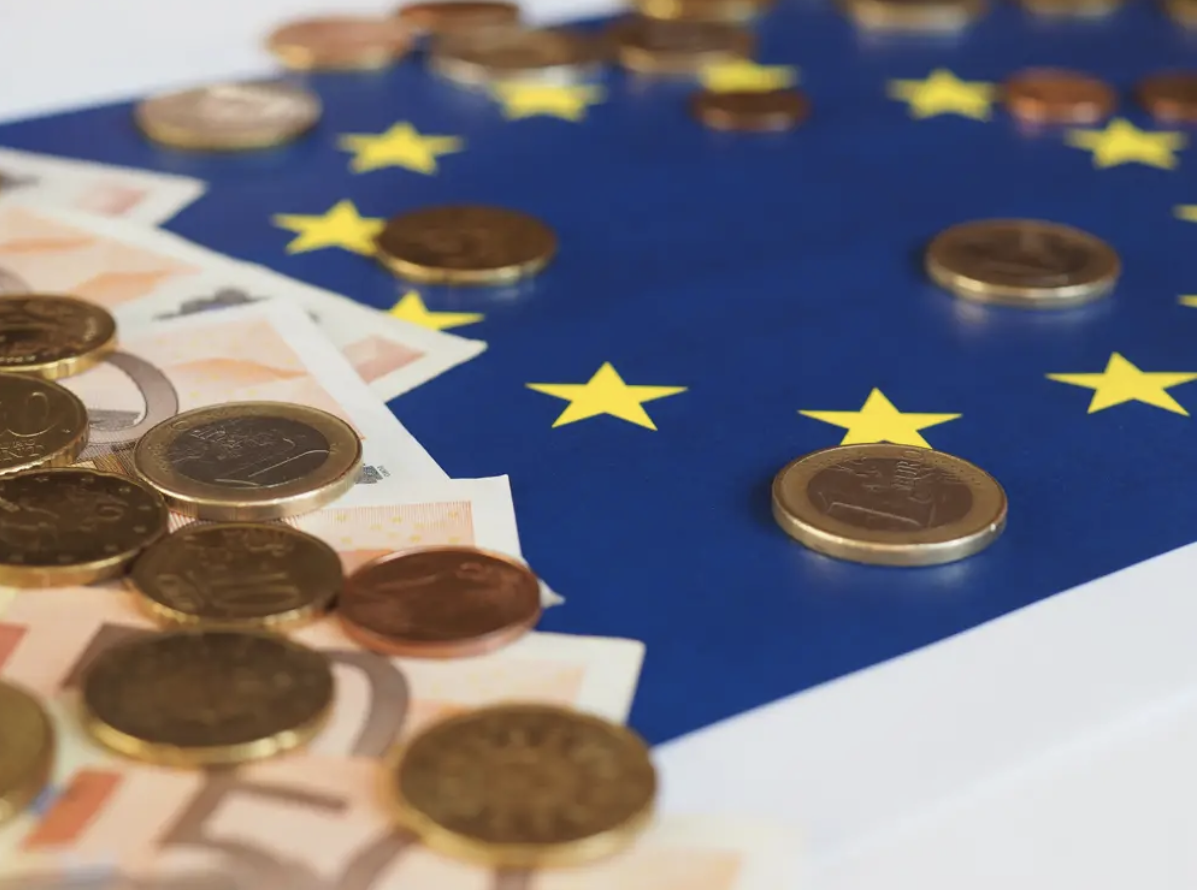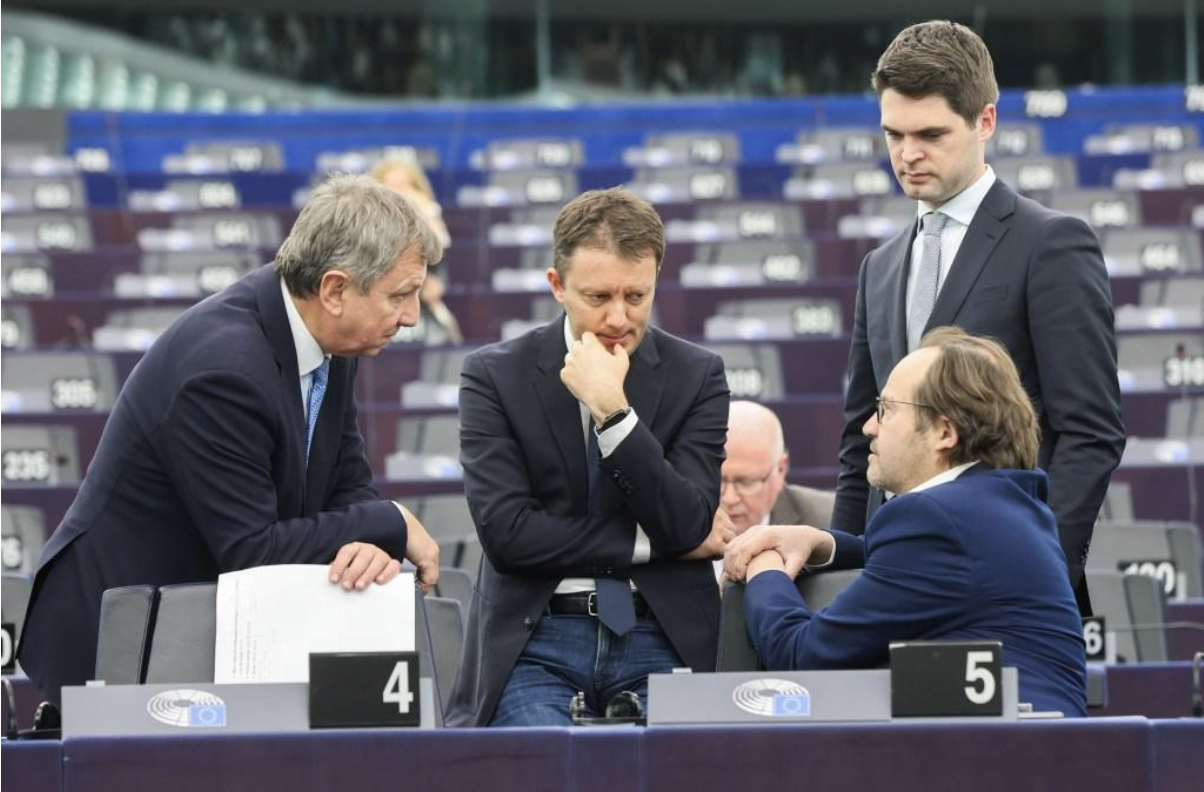Negotiating the 2026 Annual Budget and Setting New Priorities for Europe’s Future
By: Lavinia Tacke, reading time: 3 minutes
The Commission's proposal for the new annual budget is officially out! But now it is up to the Council and the Parliament to decide on the EU’s spending in 2026. The initial drafts aim to reinforce competitiveness, continue support for Ukraine, strengthen security and defense, and advance green and digital transitions. The draft 2026 budget includes some ambitious plans as it aims to address “recent, unpredicted developments”. However, there are conflicting opinions from the Parliament and the Council as they enter the negotiation stage.
What budget are we talking about?
The 2026 budget is a revision of the 2021-2027 long-term EU budget. The Commission’s draft is set at €193.26 billion, plus €105.32 billion from NextGenerationEU, the EU’s special fund for recovery from the COVID-19 pandemic. After the Parliament has given its opinion on the Commission's proposal and the Council's amendments, it becomes apparent that finalizing the budgetary plan will still take some time. The Council and the Parliament now enter the compromise-seeking phase. Without an agreement of these two bodies, the budget can not be implemented.
What are the conflicting positions?
The MEPs have asked to increase the Commission’s proposal by €597.8 million, arguing for an “investment-focused budget to support people and their priorities.” At the center of their focus is support for key programs such as Erasmus+ and Horizon Europe, the EU’s funding program for research and innovation.
In contrast to the parliament's position, the Council argues for much more frugal spending, stating in its press release that it takes “a prudent and realistic approach”. Considering that member states’ contributions are the main source of revenue for the EU’s budget, and that many EU member states have significant debt, this position is not surprising.
“In a changing world, we need a strong Europe. To do so requires a common budget that supports our shared priorities while also allowing room to handle unexpected challenges. I am encouraged by the unanimous support from member states to the Council position on the EU 2026 budget. It provides a solid mandate for upcoming negotiations with the European Parliament.“
- Nicolai Wammen, Danish minister for finance, chief negotiator for the Council on the 2026 budget
Defense takes the front row seat!
In light of the Russian aggression in Ukraine, defense has become a higher priority for Europe. This has raised the question of how European defense strategies should be financed. Already in April 2025, the parliament stated in the guidelines it set for the Commission that EU security, including cybersecurity, shall be a core concern of the upcoming budget revision. When the Commission published its proposal, it included the planned implementation of the so-called “ReArm Europe Plan 2030”. To improve liquidity among Member States to finance rearmament investments, under the new Security Action for Europe instrument, the Commission can now provide €150 billion in loans. This plan is striking, as it depicts a clear shift in the level of attention the EU has paid to its defense, especially in light of concerns regarding Europe’s dependence on the US for security.
How does the annual budget process work?
The EU budget is essentially decided by the Commission, as the legislative initiator, and the two co-legislators, namely the European Parliament and the Council. However, the Parliament and the Council often have different opinions. In such a situation, a Conciliation Committee comes into play, trying to reach an agreement between the two parties.
The EU sets long-term budgets for a period of seven years, with the current plan covering 2021 to 2027. The additional annual revisions ensure that the EU can address any unexpected changes that may happen while the long-term budget is in place. Now, it is up to Parliament and the Council to reach an agreement. Then, we will know what this year's revision focuses on and what challenges it addresses.



